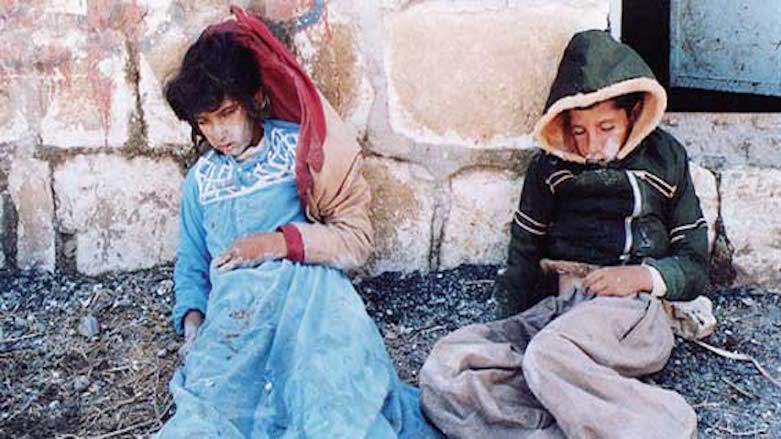Kurds mark 30th anniversary of Sardasht chemical attack
On June 28 and 29, 1987, Saddam Hussein's warplanes unleashed chemical weapons on civilians in the Kurdish city of Sardasht, West Azerbaijan, killing over 113 civilians and injuring thousands.

SARDASHT, Iran (Kurdistan24) - Kurds at home and diaspora mark the anniversary of Sardasht chemical attack.
On June 28 and 29, 1987, Saddam Hussein's warplanes unleashed chemical weapons on civilians in the Kurdish city of Sardasht in the province of West Azerbaijan, northwest of Iran, killing over 113 civilians and injuring thousands.
Iraqi bombers attacked four crowded parts of Sardasht with chemical bombs and indiscriminately engulfed its residents with fatal gases.
The victims dropped lifeless on the streets of the town center, some died immediately, some after vomiting and experiencing excruciating pain.
The chemical strike that still haunts Kurds occurred during the eight-year Iran-Iraq war (1980-88) and before March 18, 1988, Halabja attack also ordered by Saddam.

The use of chemical weapons is banned under international treaties but Saddam, a then-ally of the US, used it repeatedly to massacre Kurdish population in both countries.
Iran protested vehemently at the time but the world's superpowers had little patience for complaints from the Islamic Republic which supported attacks on U.S. Marines in Lebanon as well as on Soviet troops in Afghanistan.
Thirty years after, many citizens of Sardasht still suffer from physical and psychological consequences of the attack. Then and now, they did not receive proper medical care.
Iran and international circles have failed the citizens for three decades.

Exposed to the war due to their location on borders, citizens had learned to escape conventional weapons but did not know how to protect themselves against mustard gas.
Relieved at the beginning when the bombs did not explode, people kept going on about life until they suddenly dropped. So did the birds and domestic animals.
Due to the direction of the wind, even the hospital and the convalescent center were reportedly contaminated, and the few doctors and nurses who were working there had to leave.
Within the first few hours, severe respiratory problems killed about 30 people, mostly children and elderly.

Out of 12,000 inhabitants, according to official reports, 8,000 were exposed.
Of the 4,500 requiring medical care, 1,500 were hospitalized, 600 of them in Tehran. The other 3,000 were treated as outpatients and discharged.
Many of these 3,000 former outpatients left the city for the villages and attempted to treat themselves, using traditional medicines, etc.
These people do not have medical records of their exposure and now are having difficulty obtaining government benefits.
Some of the rescuers were themselves in need of immediate attention and did not receive any.
